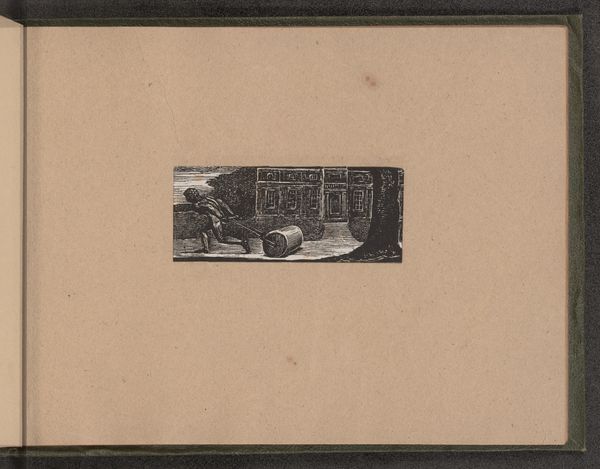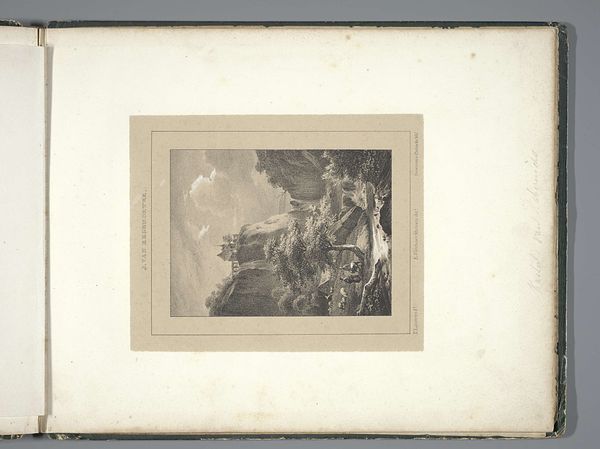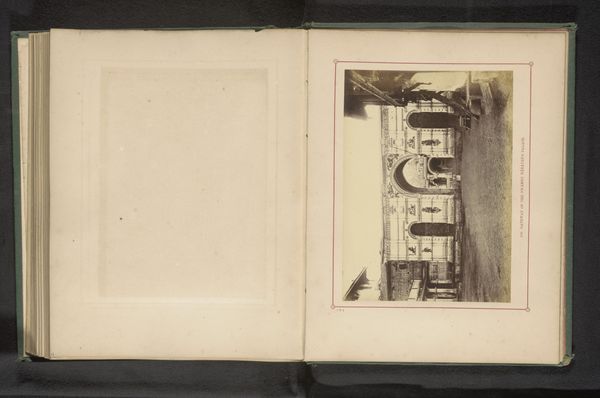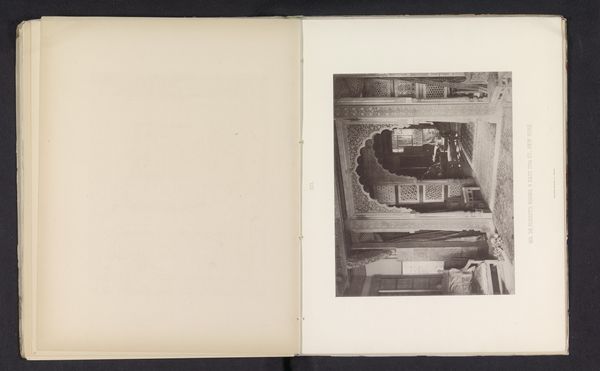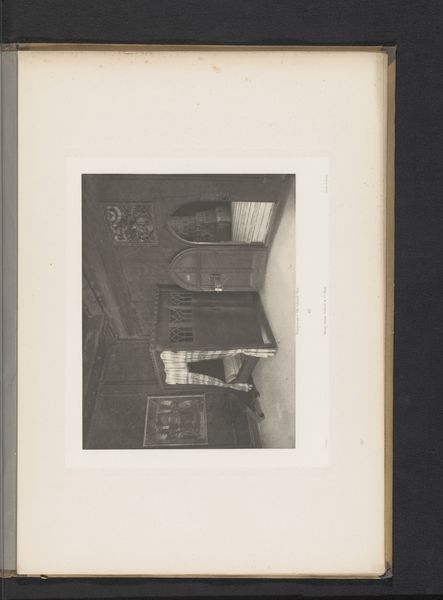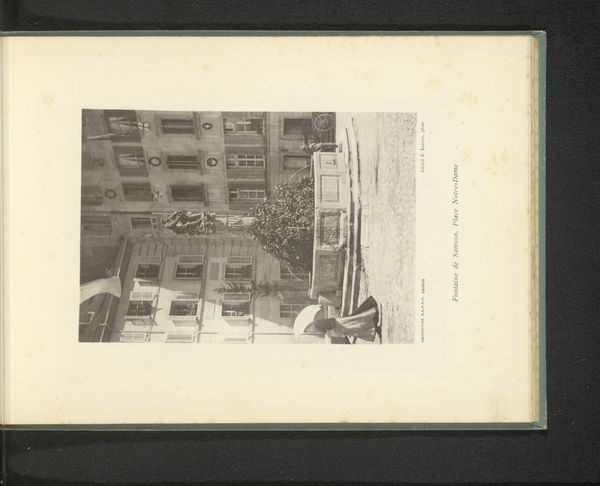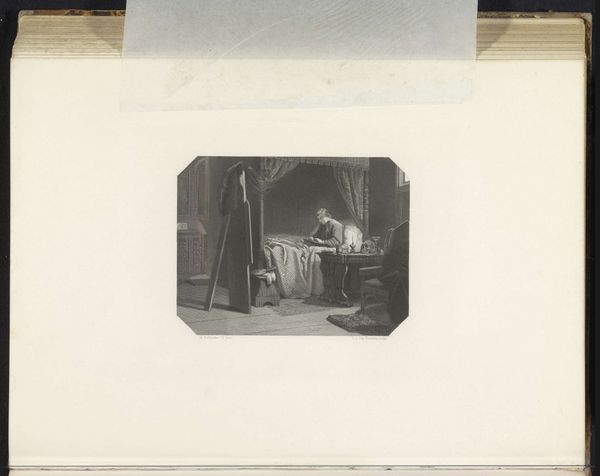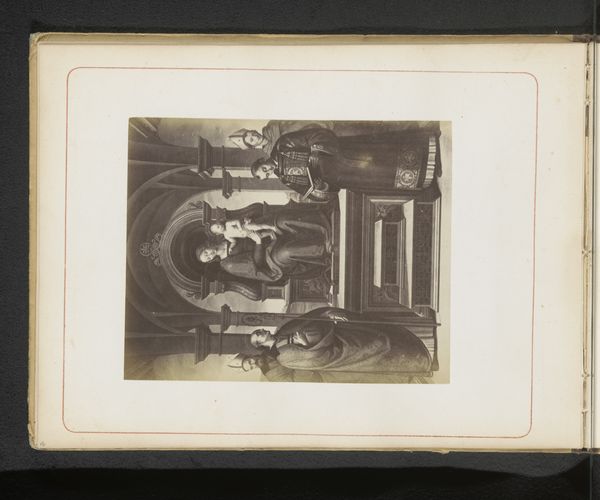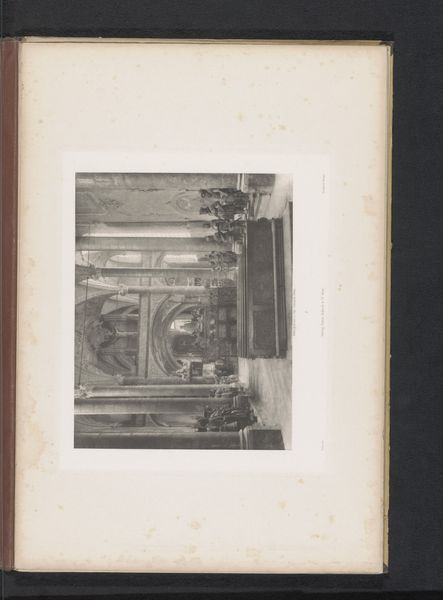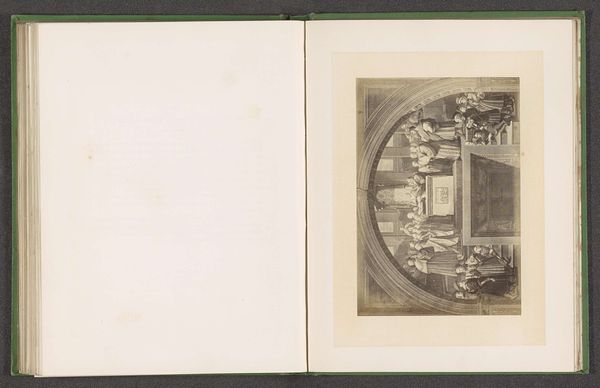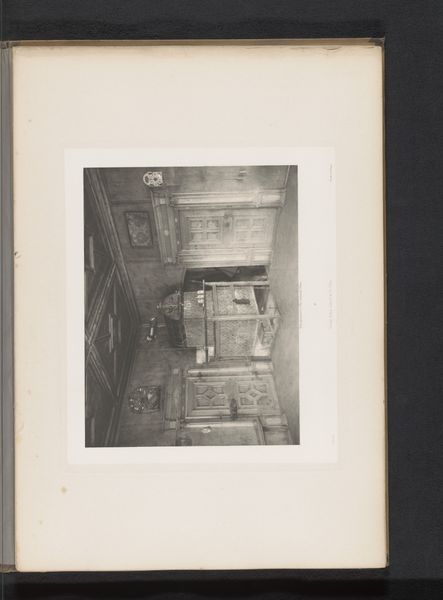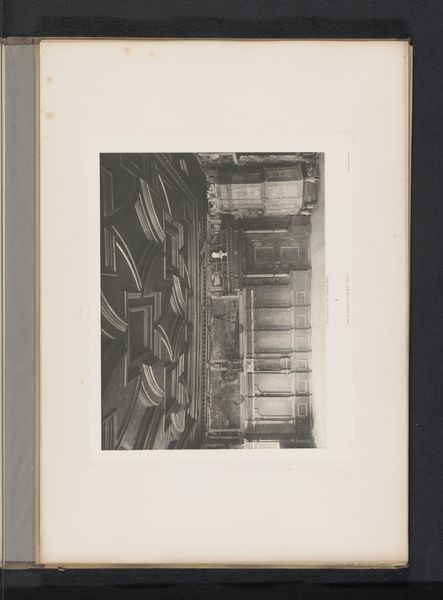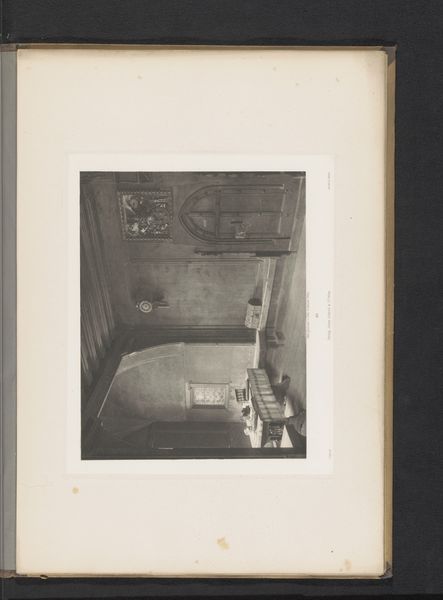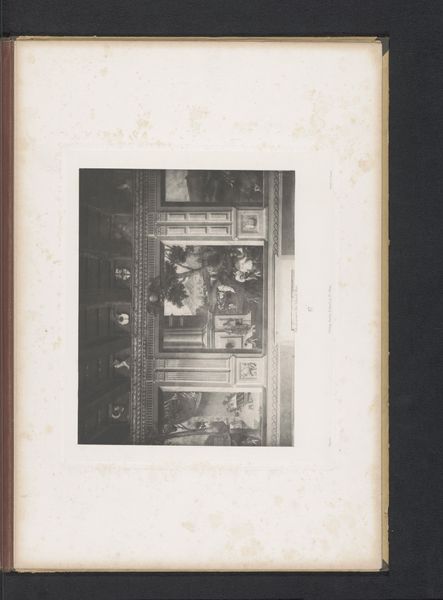
drawing, print, paper, ink
drawing
narrative-art
figuration
paper
ink
romanticism
genre-painting
history-painting
watercolor
Dimensions: height 253 mm, width 198 mm
Copyright: Rijks Museum: Open Domain
Editor: Looking at "The Family" by Paulus Lauters, around 1830, a drawing and print made with ink on paper. I notice it has a strong Romanticist feel; it feels intimate but also staged. How does this drawing speak to its historical context? Curator: That's a perceptive observation. This domestic scene aligns with the rise of the middle class and evolving family ideals. Genre painting gained prominence, reflecting everyday life, often idealized. Notice how the artist employs a very confined indoor space. It is not really about "the" family as a general category, but how this imagery contributes to constructing and reinforcing notions of domesticity, private life, and gender roles during this period. How might the staging you mentioned play into that? Editor: Interesting. It makes me think of the male figure lying down, possibly resting or recovering, and the standing female figures appearing busy. Were such displays common? Curator: Precisely. Think about the context of emerging industrial capitalism. Public life and private life start to divide sharply. Images like this circulated widely, and contributed to defining bourgeois norms; in this case, celebrating the nurturing woman attending the feeble, working man. Consider the influence of the print medium: prints were affordable and distributed easily, spreading these social narratives effectively. Editor: So the print not only shows a family, but also tells people how family life *should* be? Curator: Absolutely. Art becomes a tool for social instruction. Looking at the detail, do you see any elements that challenge or subvert these dominant ideas? What kind of alternative representations of the family might exist at this time? Editor: I don’t see any challenges here. Thanks for pointing out the relationship to printmaking culture. It is fascinating to consider its role in spreading these norms. Curator: It changes how we perceive such a simple drawing. Understanding how images function within a society enriches our understanding of history itself.
Comments
No comments
Be the first to comment and join the conversation on the ultimate creative platform.
